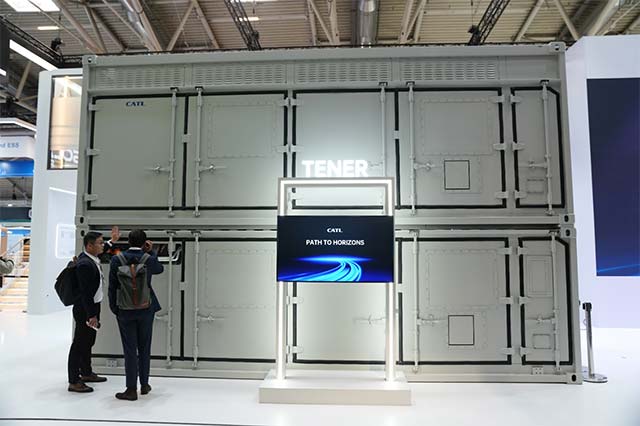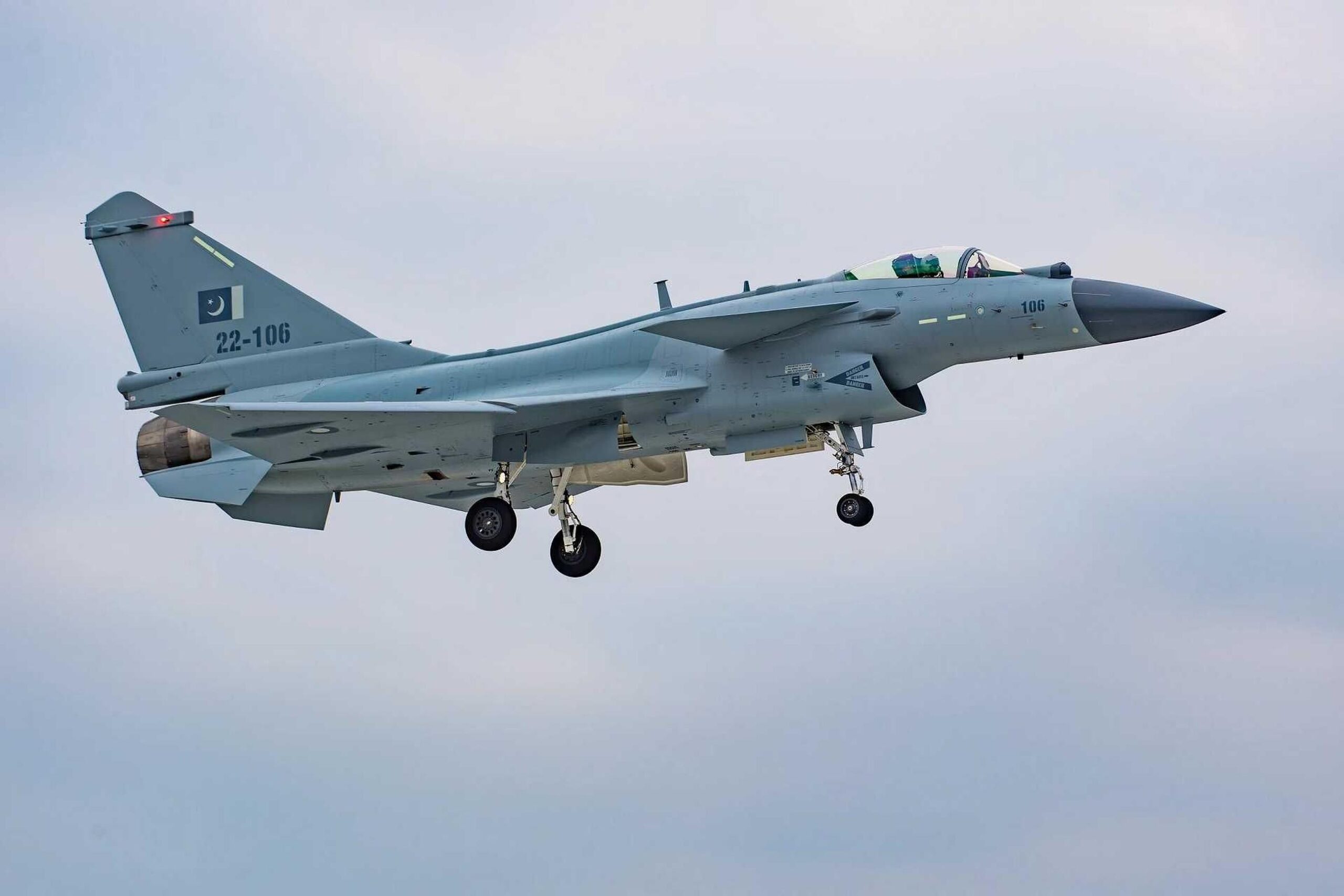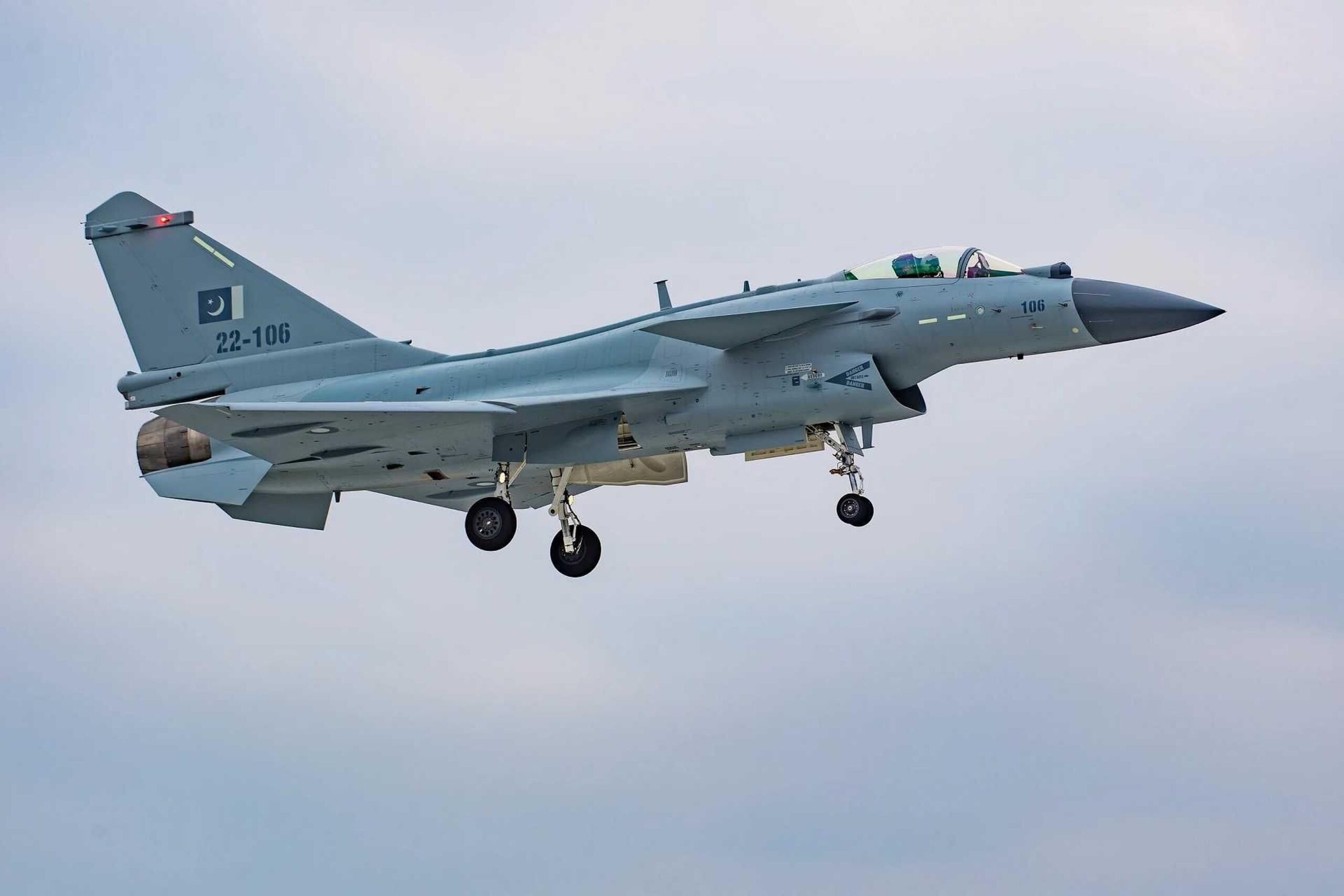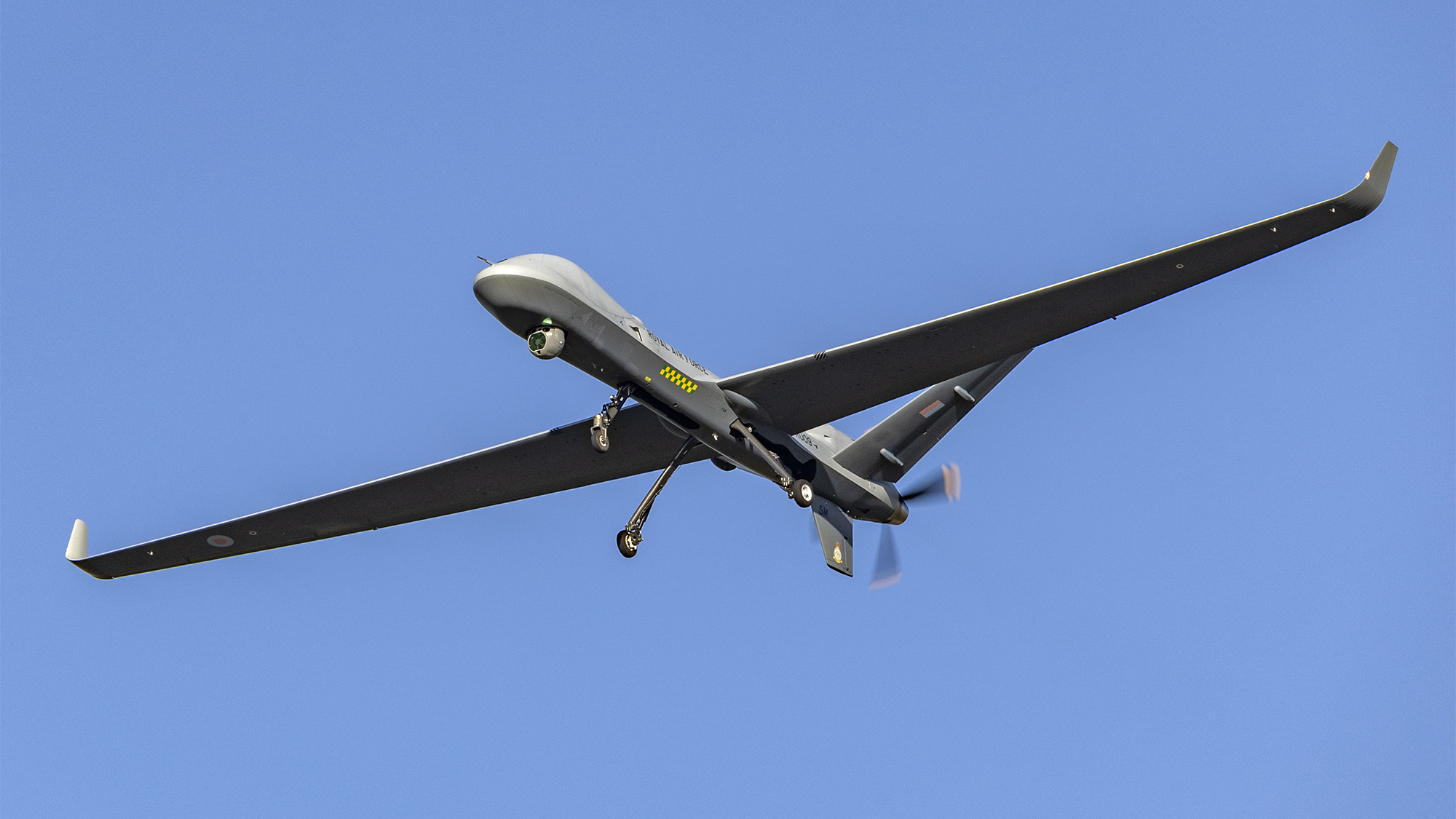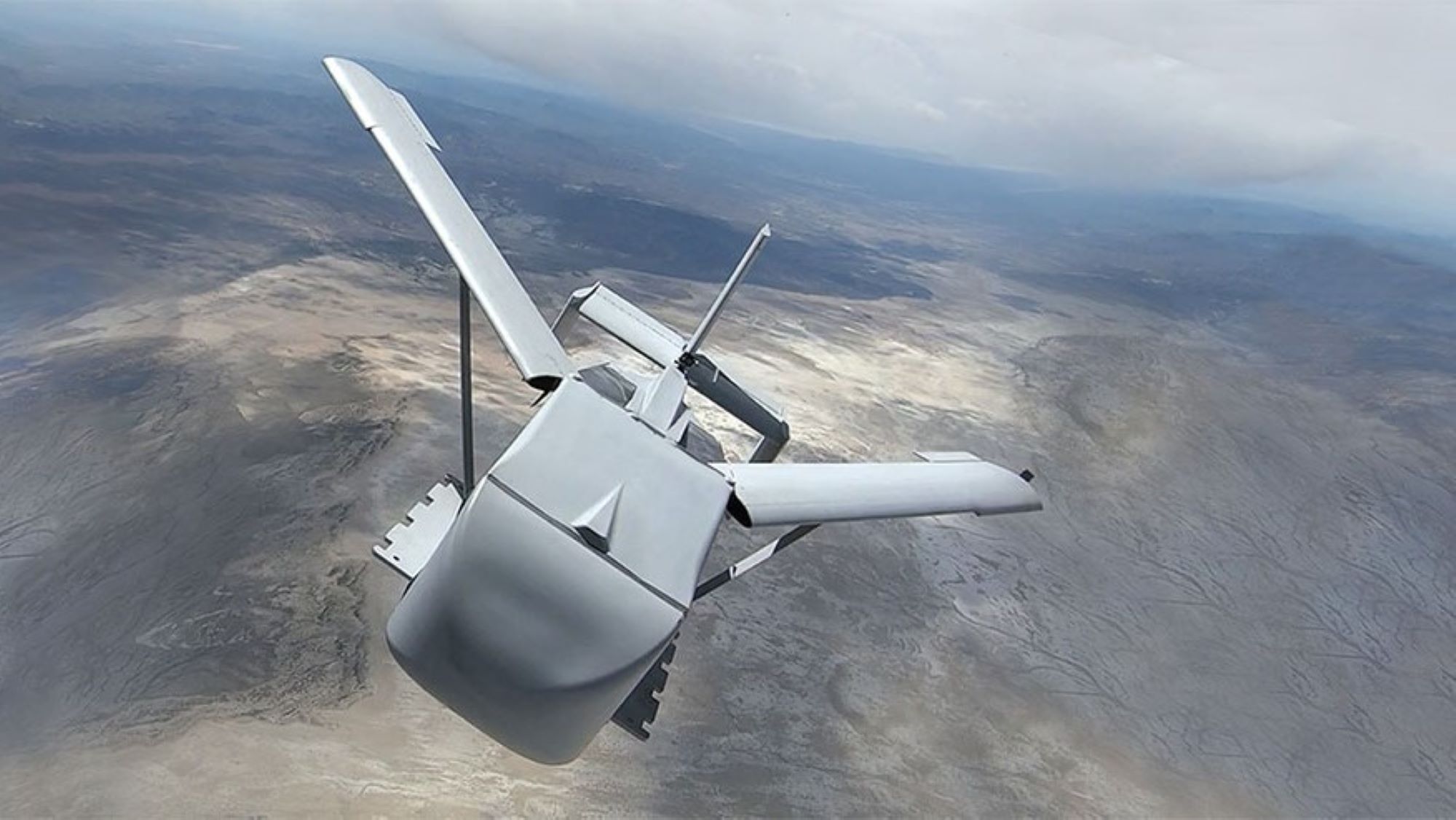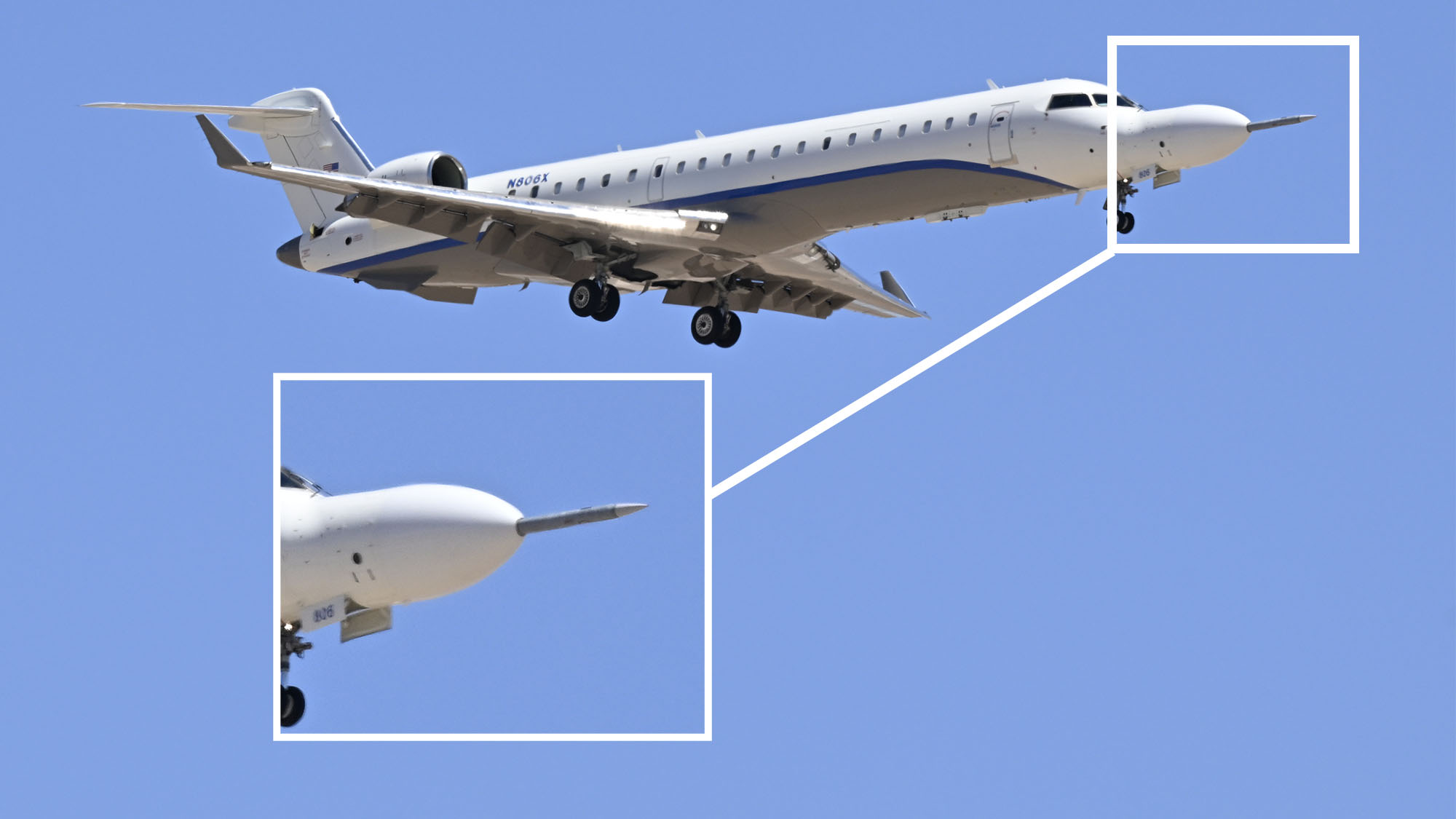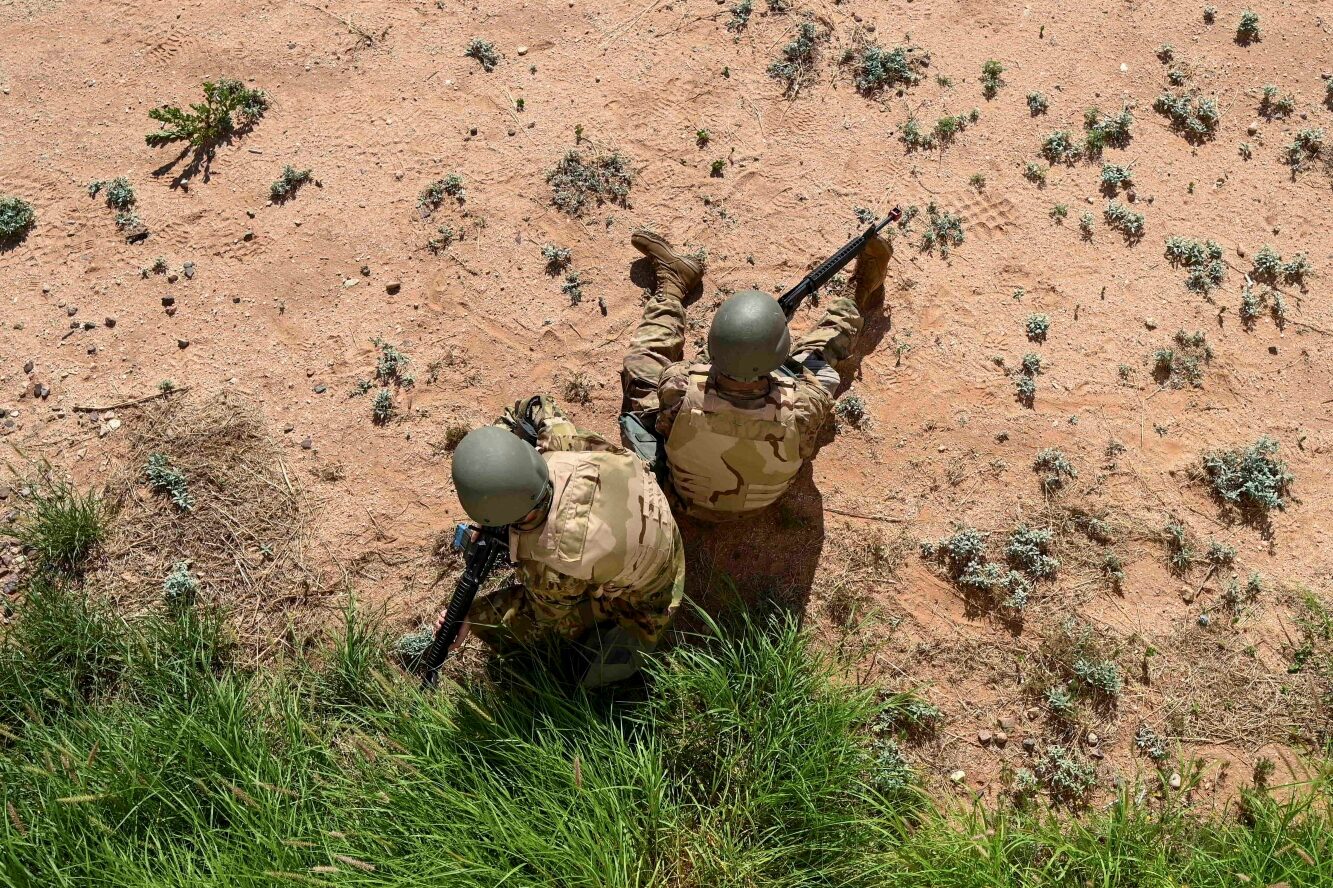The Army’s bold plan needs to watch out for these three pitfalls
John Ferrari examines potential challenges to come from the Army’s new Transformation in Contact plan.


Gen. Randy George, Chief of Staff of the Army, discusses next generation command and control (C2) system capabilities with a 1st Infantry Division Soldier during a human machine Integration demonstration at Project Convergence – Capstone 4. (U.S. Army photo by Sgt. Brahim Douglas)
As the Army prepares to celebrate its 250th birthday, it appears poised for major changes, bolder than the Marine Corps Force Design effort. And as with the Marine’s Force Design push, the Army is almost certain to see some dissent from those who stand to lose from the new paradigm.
As the service tries to move fast, change its organizational structure, and rapidly acquire and integrate drones and other advanced technology-enabled weapons, leadership will have to withstand that pressure and hold firm.
Change of this scope is only possible because of the alignment of power and money. Internally, the Army’s entire leadership team is uniquely aligned in a way they have not been since the late 1970s. Much of the plan was clearly under development by Gen. Randy George before the arrival of Army Secretary Daniel Driscoll, but the two have so far appeared in lockstep, and having the plan officially rolled out by Defense Secretary Pete Hegseth gives them top cover support for changes.
Perhaps most importantly, Congress has voiced limited objections to these changes, such as the potential reduction to the Blackhawk and some ground vehicles, and within the $150B reconciliation package, Congress is providing broad and flexible funding that is essential to carry out the procurement, at scale, of drones, network technologies, and AI infrastructure.
In the Army’s plan, called Transformation in Contact, calls to change how they are organized, eliminate unneeded systems, and deliver new capabilities, at scale, by the end of 2027, a mere 32-months. By design, the Army leadership has chosen to be ready for conflict with China by the 2027 date INDOPACOM estimates the People’s Liberation Army aims to be prepared for a Taiwan invasion. Appreciating the importance of this window, Driscoll and George are standing up and being asked to be held accountable.
The scope of the proposed organizational change makes this uniquely impressive, leaving almost no part of the Army untouched, including the Guard and Reserve. The change combines headquarter organizations, divesting certain armor and aviation formations, and beginning a much-needed consolidation and perhaps closure of excess logistics and production infrastructure, such as depots and arsenals. The end state the Army is looking for is to be optimized for both homeland defense and China at the same time.
Most impressive is the Army’s pivot towards drones and AI enabled weapons, which appears based on lessons from Ukraine. The Army is betting its future on cheaper and more plentiful long-range missiles as well as unmanned systems that it will procure every year. This is a generational change, and will require an unprecedented level of cooperation and integration of new defense tech firms with traditional prime contractors. New tech is good at software and thinking differently, while the traditional firms may have the production facilities to build at-scale.
And yet, history has taught us that any push for bold changes inevitably hit headwinds. While there is much to admire in the Army’s plan, leadership needs to be prepared for three kinds of challenges.
The first challenge will come from those whose portfolios are impacted. As a rule, anyone losing their money, people or power will be louder than those who are gaining, so ensuring that the leadership team can withstand the heat once more details emerge is important. That’s where the top cover from Hegseth can help, as he will have the final say on internal disagreements in the building.
The second challenge, and perhaps a harder one, is making sure the plan can survive the Pentagon’s famous inertia. Much of the plan hinges on the workforce actually taking advantage of all of the acquisition flexibilities that exist, and left to its own, the Army’s Acquisition Corps will revert back to the old ways of business.
To guard against this, the secretary of the Army must firmly exercise his statutory authority and restructure the acquisition corps to better support the warfighter. One way to do this is to move the acquisition program managers away from their current locations and put them embedded with the operational units they will support. A good starting point would be immediately move the parachute acquisition team to live, work, and operate with the 82nd Airborne at Fort Bragg.
And the final challenge? As always, it comes down to funding.
Very little of this plan can be accomplished without money and soldiers. With the administration “short sheeting” the FY26 defense budget, the secretary of defense must let the Army keep the money it has. Additionally, the Army must be able to compete within the OSD resourcing process for its fair share of the broadly designed $150 billion in reconciliation funds. Lastly, the Army must be able to keep its end strength (faces) at its current level, even while it reduces its formations (spaces).
Change is never easy, and ambitious change is almost never successful, so the odds may be against the Army. However, the service needs this plan to succeed, and with the backing of the president, secretary of defense, key congressional leaders, and most importantly, internal DoD and Army power centers, this might be the one of the few times that bold change is successful.
The Army secretary and chief of staff have now done the easy part in putting this plan in place. The hard part of executing has just begun.
Retired US Army Maj. Gen. John G. Ferrari is a senior nonresident fellow at AEI. Ferrari previously served as a director of program analysis and evaluation for the service.




























